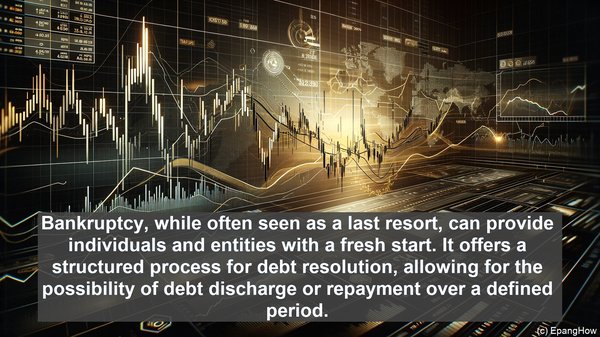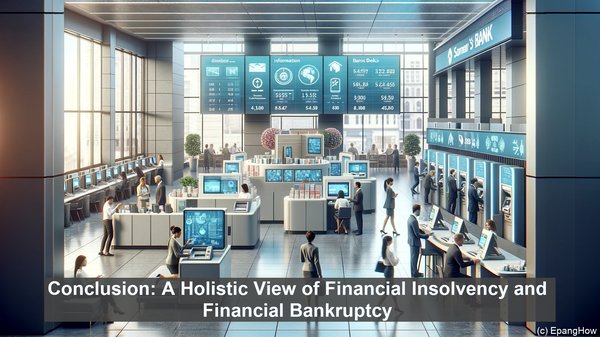Introduction: Navigating the Complexities of Financial Distress
Hello everyone! Welcome to today’s video. When it comes to financial matters, there are numerous terms that can be perplexing. Two such terms are financial insolvency and financial bankruptcy. While they may seem similar, they have distinct connotations. In this video, we’ll explore the nuances between these two concepts, providing you with a comprehensive understanding.
Defining Financial Insolvency: The Precursor to Bankruptcy
Let’s begin with financial insolvency. In simple terms, it refers to a situation where an individual or an entity is unable to meet their financial obligations. This could be due to a variety of reasons, such as mounting debts, declining revenues, or mismanagement of funds. Essentially, when the liabilities outweigh the assets, insolvency becomes a stark reality. It’s important to note that insolvency is often seen as a precursor to bankruptcy, signaling the need for immediate action.
Understanding Financial Bankruptcy: A Legal Declaration
On the other hand, financial bankruptcy is a legal status. It is a formal declaration that an individual or an entity is unable to repay their debts. Unlike insolvency, which is a financial state, bankruptcy involves a legal process. It is typically initiated by the debtor or their creditors, and it involves the intervention of a court. The court assesses the financial situation, determines the extent of the debt, and formulates a plan for repayment or liquidation of assets.

The Implications of Financial Insolvency: A Precarious Situation
Financial insolvency can have far-reaching consequences. For individuals, it can lead to damaged credit scores, limited access to loans, and a significant impact on their financial future. In the business realm, insolvency can result in layoffs, closure of operations, and even the dissolution of the company. It’s a situation that demands immediate attention and strategic decision-making to mitigate the risks and chart a path towards stability.
The Legal Ramifications of Financial Bankruptcy: A Fresh Start or a Last Resort?
Bankruptcy, while often seen as a last resort, can provide individuals and entities with a fresh start. It offers a structured process for debt resolution, allowing for the possibility of debt discharge or repayment over a defined period. However, it’s crucial to recognize that bankruptcy is not without its consequences. It can have a lasting impact on one’s credit history, making it challenging to secure future loans or credit. Additionally, certain assets may be liquidated to satisfy the debts, further altering one’s financial landscape.
The Role of Professionals: Navigating the Complexities
Given the intricacies of financial insolvency and bankruptcy, seeking professional guidance is often advisable. Financial advisors, bankruptcy attorneys, and insolvency practitioners can provide invaluable insights, helping individuals and entities make informed decisions. They can navigate the legalities, negotiate with creditors, and develop strategies for debt management or restructuring. In essence, they serve as guides in what can be a daunting financial landscape.

